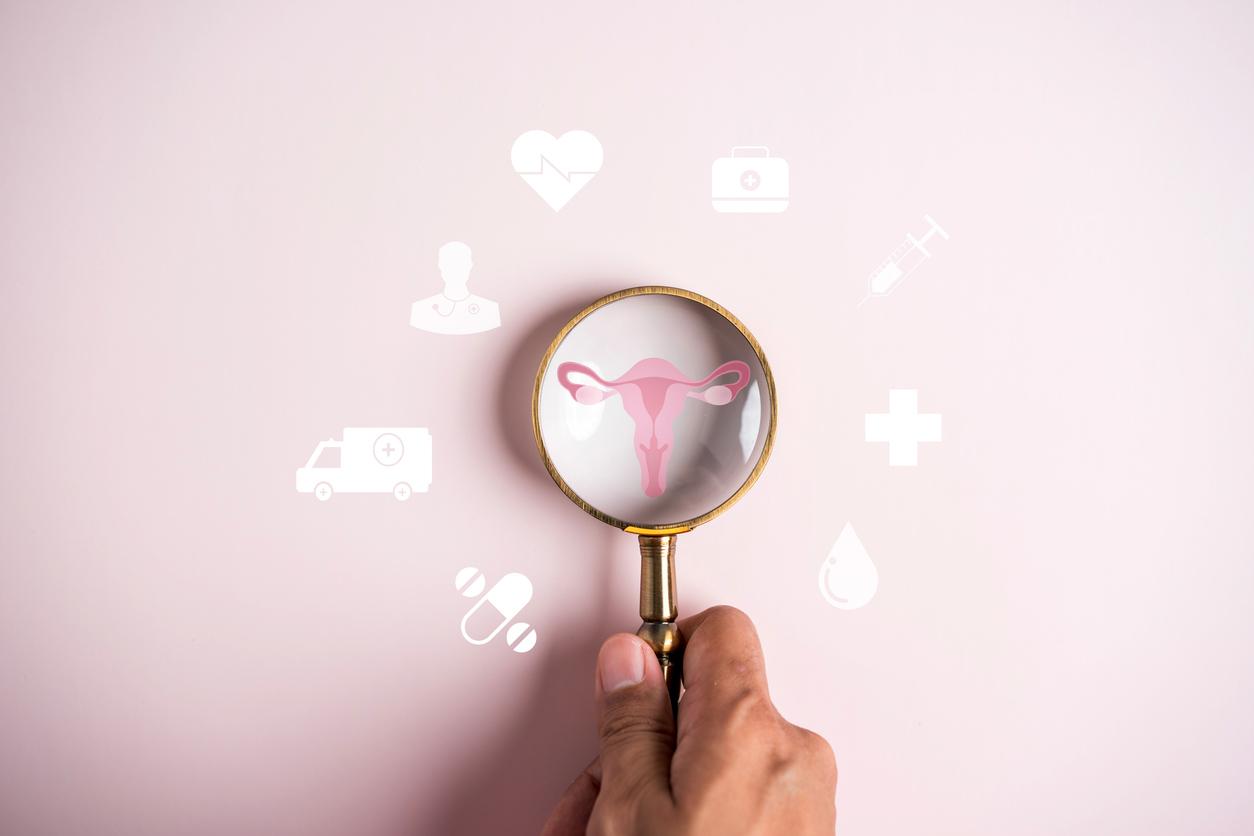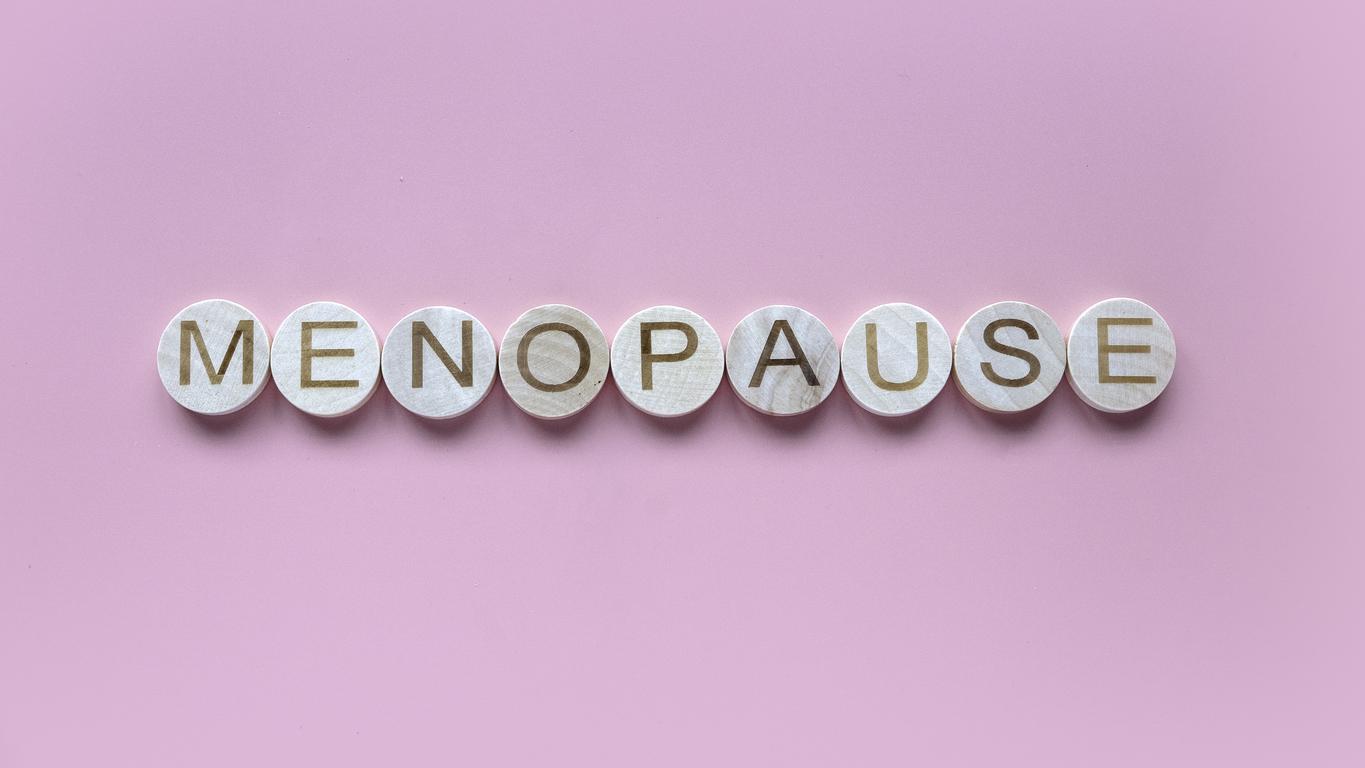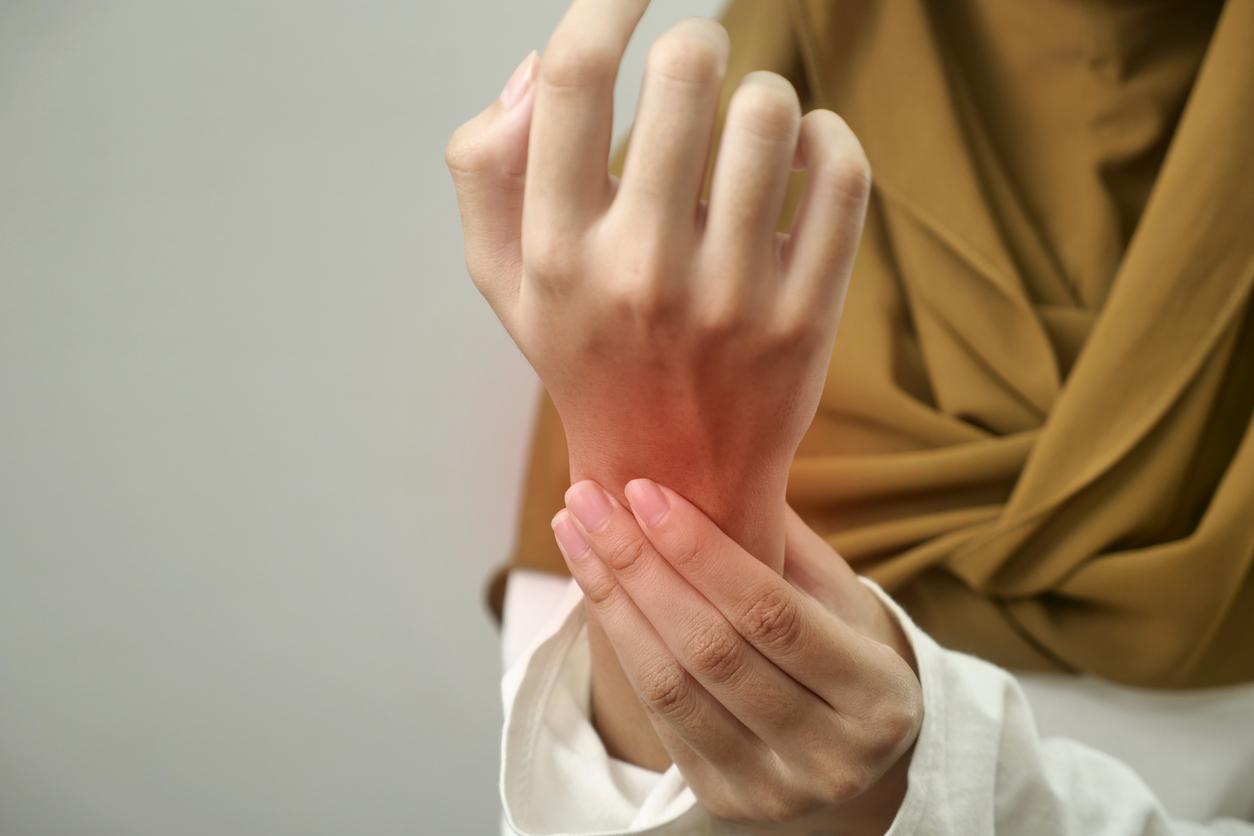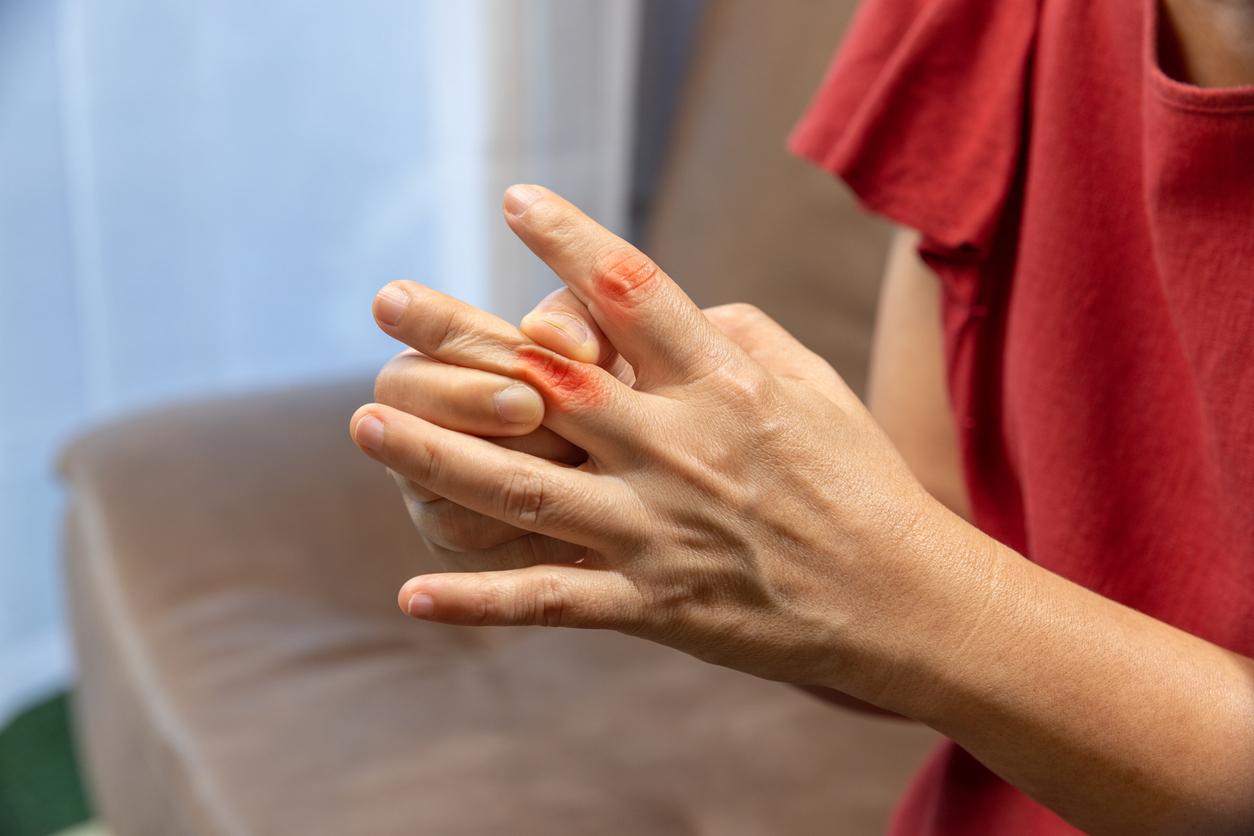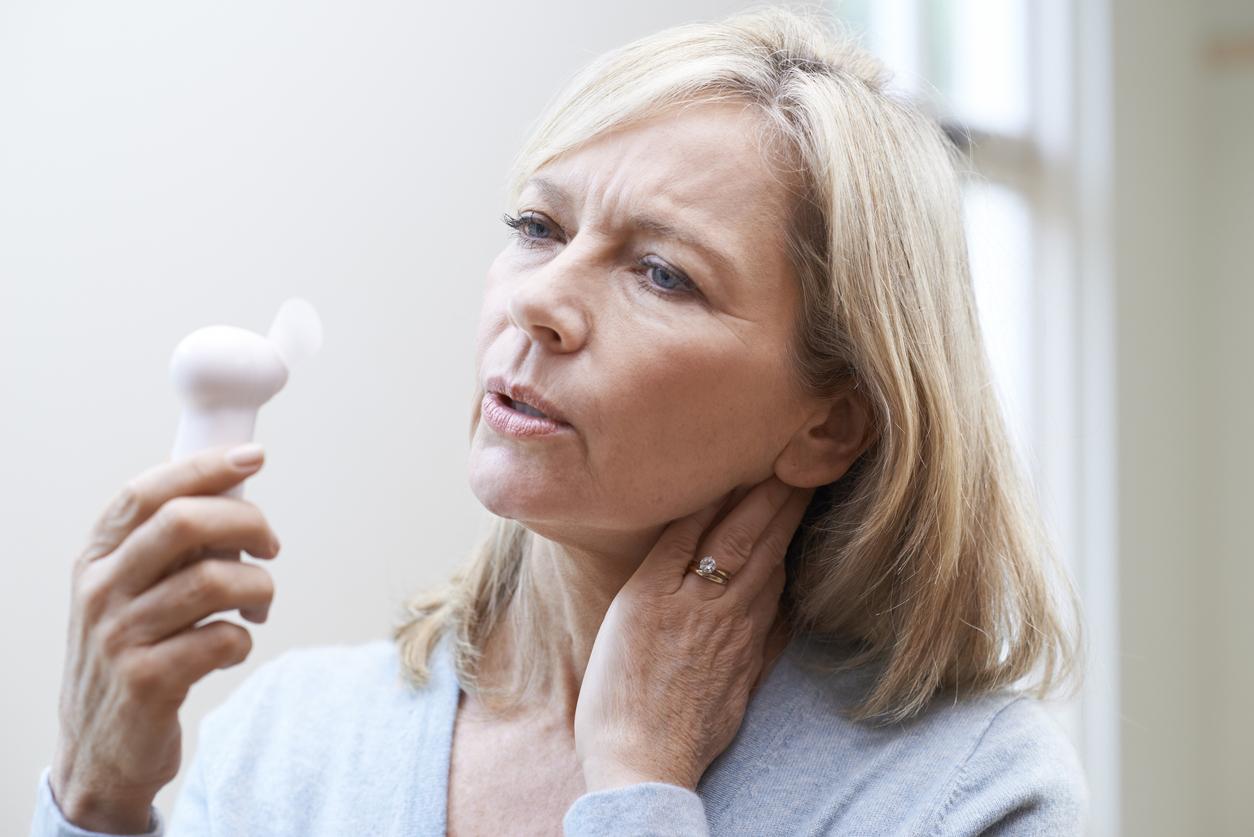It would only affect older women and diagnose itself by radio. Osteoporosis is a disease associated with many stereotypes. why the actor takes stock.

60,000 fractures of the vertebrae, 50,000 of the neck of the femur, 35,000 of the wrist: this is the annual assessment of osteoporosis. This bone disease, often associated with female sex and age, is however little known to the French. On the occasion of World Osteoporosis Day, why actor sheds light on 5 received ideas.
Osteoporosis only affects women
FALSE. 40% of postmenopausal women are affected by a fracture linked to osteoporosis. But the male sex is not spared: it is considered that one man is affected for 4 women. This imbalance is mainly explained by a higher initial bone mass and the absence of a sudden drop in sex hormones at menopause. But in both cases, the disease is caused by bone demineralization that occurs with age. It is even more serious in men, because it occurs at an older age.

Fracture after menopause equals osteoporosis
FALSE. Not all fractures are created equal. We speak of an osteoporotic fracture when it is caused by minimal trauma (fall from its height, less than a meter in height, from one to three stairs), after a false movement or after a cough, but also when it occurs spontaneously. An osteoporotic fracture is also determined by its location, when it does not affect the extremities (ribs, humerus, sacrum, etc.). Finally, some fractures should also worry more than others. A hip fracture, for example, is indicative of a fragile femur – which is believed to be the strongest bone in the body.
Osteoporosis can be diagnosed on an X-ray.
FALSE. X-rays can indeed testify to a rarefaction of the bone structure. But the quality of the images depends both on the fat mass and on the settings of the radiology manipulator, which makes the reliability of such an examination doubtful.
In osteoporosis, bone densitometry is the gold standard. It is commonly said that it has a better predictive value for osteoporosis than cholesterol for cardiovascular disease. The index obtained, when it is greater than 1, indicates normal bone density. It is below -2.5 that we speak of osteoporosis, and severe osteoporosis when these results are preceded by several fractures.
Several risk factors point to such an examination. The most obvious is a history of fracture in the past 50 years. Femoral neck fractures in 1st degree relatives, smoking or insufficient body mass are also associated with an increased risk of osteoporosis.
Diet has an impact on osteoporosis
TRUE. Lifestyle has a real positive or negative impact on osteoporosis. We know, for example, that a lack of physical activity and smoking increase the risk. But the most important factor is food. With age, calcium absorption is reduced, and bone density drops. It is therefore important to increase your daily calcium intake (1200 mg in a postmenopausal woman over 50), via diet as much as possible. The interest of yoghurts and fermented cheeses is increasingly mentioned.
Vitamin D is also important in osteoporosis. In the event of a proven deficit, supplementation should be implemented (below 75 nmol / l). For the rest, balanced diet is key, although there is an association between coffee consumption and osteoporosis. But studies on the subject haven’t determined which lifestyle or caffeine is to blame.
Osteoporosis cannot be treated
FALSE. There is still no bone forming treatment (which helps to raise bone density), but treatments that stabilize bone density do exist. You have to start treating early. Bisphosphonates are the most widely used treatment and maintain or even stabilize bone mass. But they fail when the bone density is too low.
The other treatments are little used. Hormone replacement therapy (HRT) prevents osteoporosis, but it is controversial due to the increased risk of breast cancer, cardiovascular problems, and venous thrombosis. SERMs, which modulate estrogen receptors, prevent vertebral fractures, but not femoral neck fractures.
Certain drugs act on bone formation: the controversial strontium ranelate (Protelos), denosumab (Prolia) which inhibits the formation, function and survival of osteoclasts, responsible for bone resorption, and teriparatide, which regulates the level of calcium in the blood. This last treatment is very expensive (400 euros per injection) but also very effective at 18 months, the maximum duration of treatment.
The hope may come from inhibitors of the enzyme LRP-5, which may increase bone density. Tests are in progress. It remains to prove that the bone obtained is of good quality.
.










